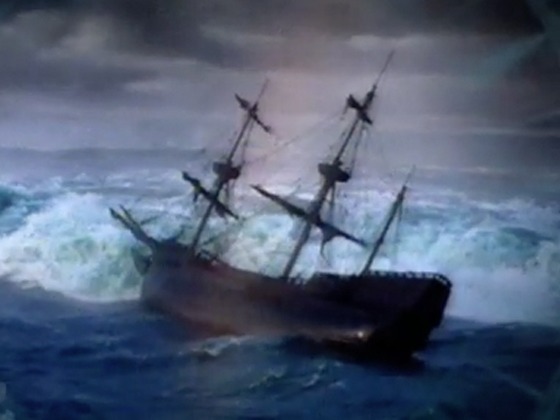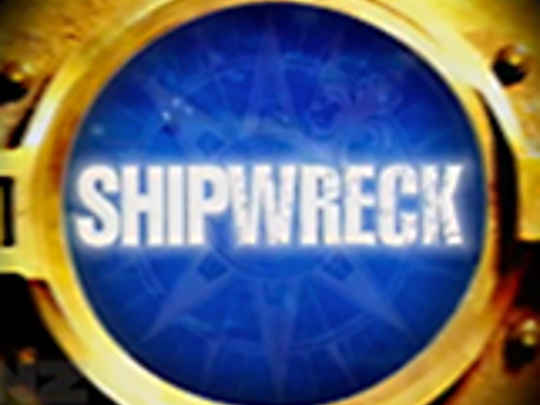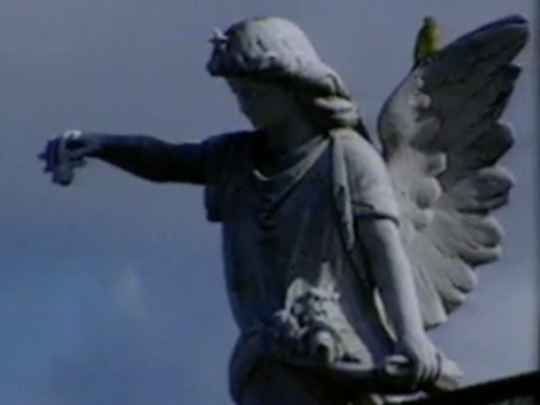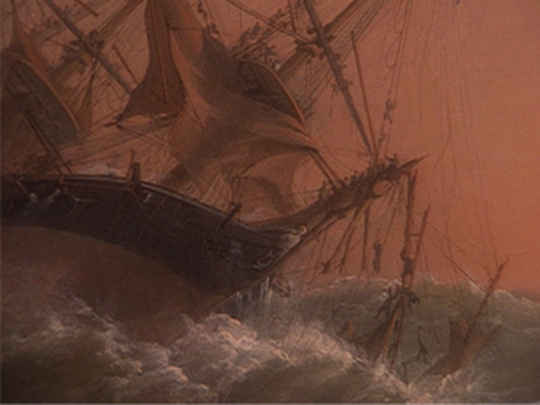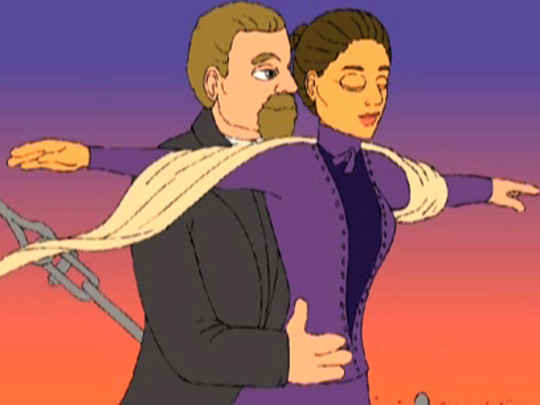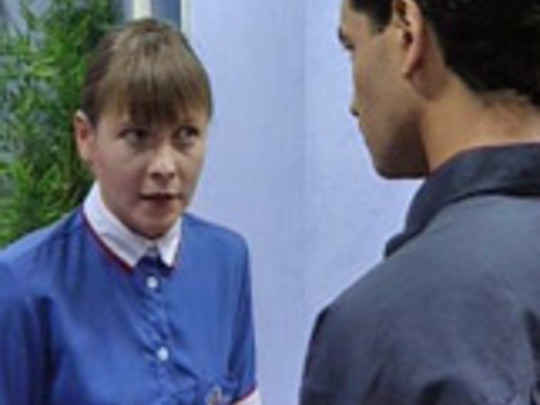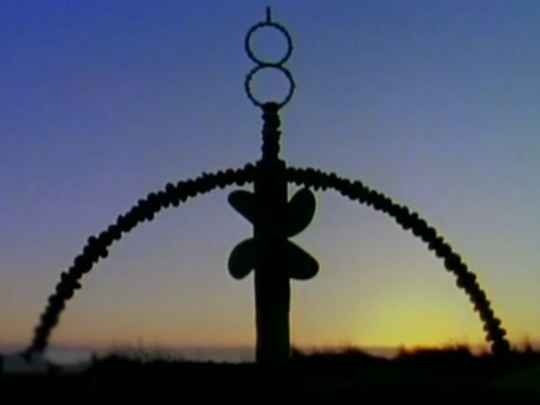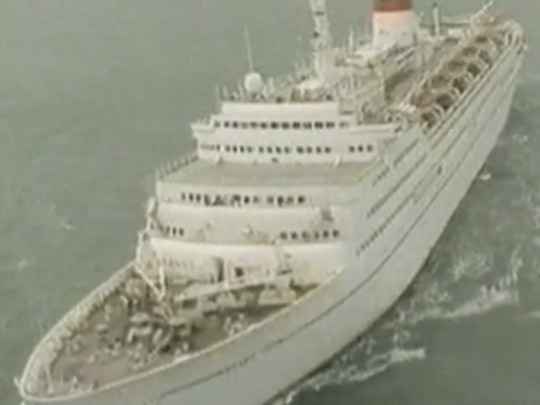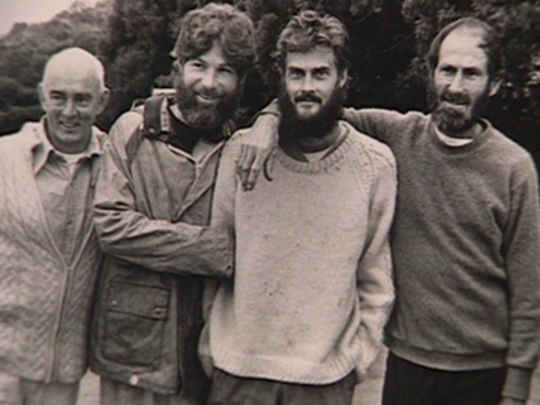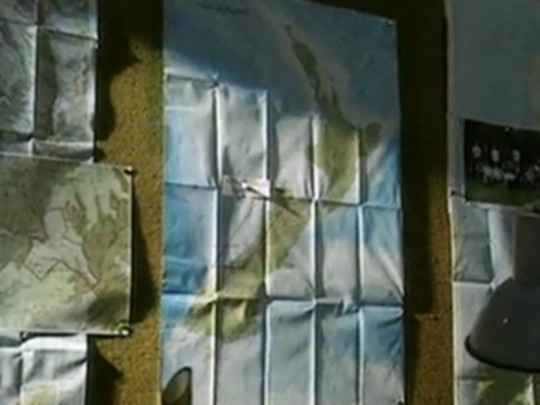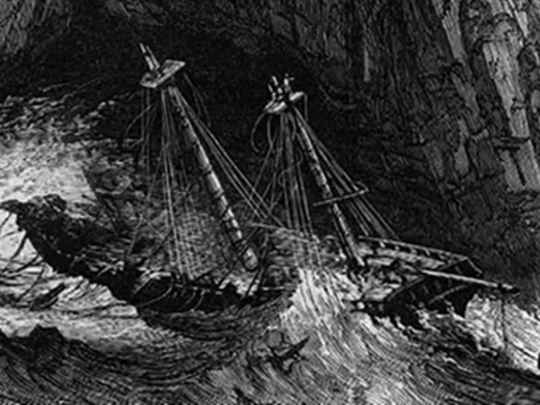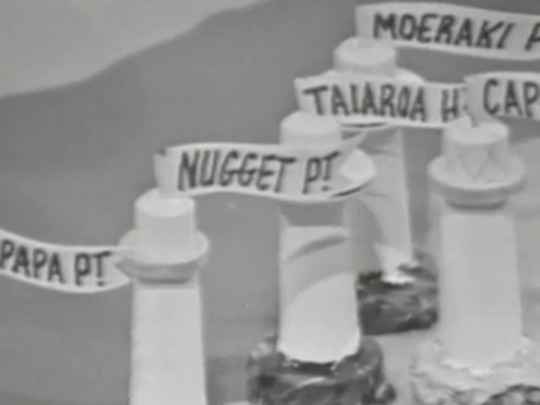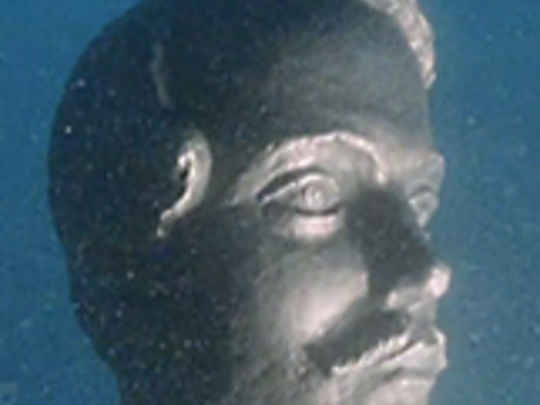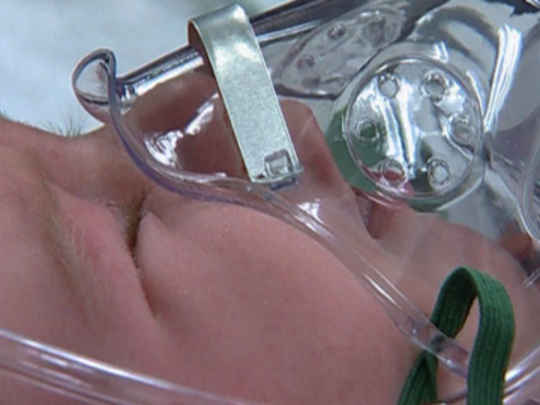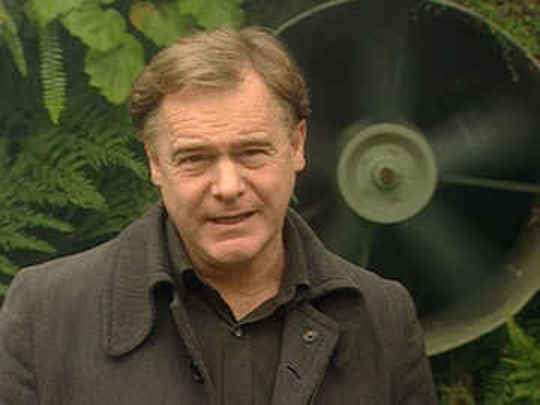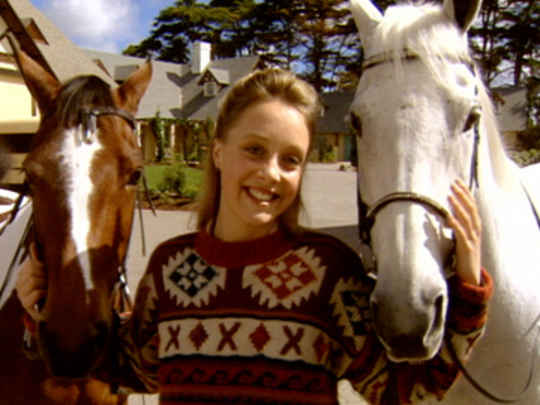He was a peacemaker, and yet a chief.
– Whangaroa local Hiwi Tauroa (Ngāti Kahu/Ngāpuhi) describes Chief Te Pahi, in part three
This was no ordinary shipwreck. Sixty people died, but there was no storm, no jagged rocks, amd no one drowned. Those who perished on the Boyd were massacred and eaten.
– Presenter Paul Gittins, at the start of this episode
Now anchored in Whangaroa Harbour, the 70 passengers and crew had no idea just how perilous their situation was. They were surrounded by 17,000 Māori bent on utu for the epidemic that had arrived on the Commerce [ship] two years earlier. Added to this, the son of a local chief had been flogged and humiliated on the Boyd.
– Presenter Paul Gittins, early in this documentary
Word of the massacre spread south to the Bay of Islands. Captain Alexander Berry of the ship City of Edinburgh heard about the fate of the Boyd and decided to go looking for survivors.
– Presenter Paul Gittins, in part two
It was said that every man, woman and child in sight was shot. Te Pahi himself was shot in the neck and chest, but managed to escape to the mainland.
– Presenter Paul Gittins, in part three
In terms of the innocent lives lost, the Boyd incident was a dreadful tragedy. But it was also tragic in a wider sense. It occurred at a time when two cultures were beginning to reach out to each other for the benefit of both. The efforts and gains made by forward-thinking people like Te Pahi were immediately bought to a halt.
– Presenter Paul Gittins, late in this episode
Last week's opener about the crew of the Boyd who were slaughtered and eaten in 1809 by Whangaparoa Māori was a cracker. It was a tale of utu, cultural insensitivity and spelling errors, and one of the beauties of having an oral tradition is there are Māori who can recount and explain — in this case former Race Relations Conciliator Hiwi Turoa, whose home overlooks the wreck site.
– Fiona Rae reviewing the Boyd episode in The NZ Herald, 30 June 2000
